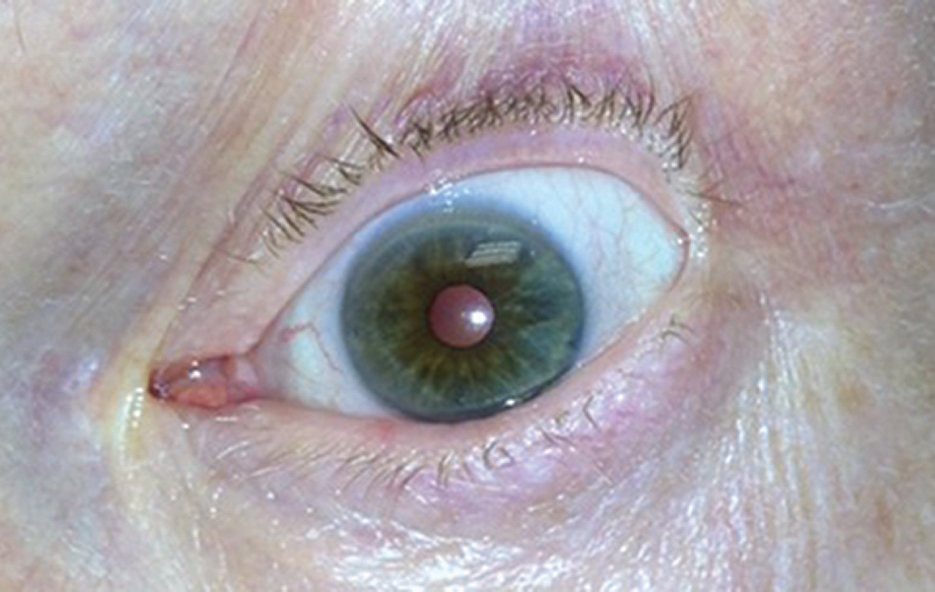 |
Although these findings show driving performance at night was impacted in presbyopia patients after taking pilocarpine 1.25%, the road sign and pedestrian recognition distances were acceptable with the American National Standards Institute 25% cut-off. Photo: Michael Trottini, OD. Click image to enlarge. |
Typically, patients who are prescribed pilocarpine ophthalmic solution to treat presbyopia are advised to be cautious when driving at night, but studies evaluating the effects of this medication (at 1.25% concentration) on driving at night are lacking. In a new study, researchers evaluated the impact of pilo on night-driving and found that it does affect driving conditions and patients should use caution behind the wheel at night.
A total of 43 adults between ages 40 and 55 with presbyopia impacting daily activities and mesopic near vision of 6/12 and 6/30 were randomized to bilateral treatment with pilo 1.25% followed by placebo or vice-versa (with a ≥7-day washout between interventions). Primary efficacy endpoint was night-driving performance at the end of the seven to 14-day intervention period, one-hour post-instillation. Other efficacy endpoints were individual components of the night-driving performance test (hazard avoidance rate; road sign recognition rate and distance, pedestrian’s recognition distance, overall driving and lane-keeping times) and night-driving experience questionnaire.
The overall driving performance at night was reduced when the participants used pilocarpine 1.25% (vs. placebo) and the driving test was performed one-hour post-administration (peak time for induced pupil constriction).
“The road sign and pedestrian recognition distances, however, were well below the American National Standards Institute–defined, historic 25% cut-off within which differences are deemed acceptable,” the authors explained in their paper on the work. “Similarly, the night-driving performance questionnaire showed no significant differences between pilocarpine HCl 1.25% and the placebo. Pilocarpine HCl 1.25% was also safe and well-tolerated, consistent with a previous report.”
Since pilo works by constricting the pupil, some loss of light perception was expected following dosing, the authors noted, and it was confirmed in this study. “However, the loss resulted in differences (pilocarpine HCl 1.25% minus placebo) that were considerably smaller than 25%,” the authors wrote. “The study findings thus provide evidence to inform regulators and assist clinicians who are considering prescribing pilocarpine HCl 1.25% to adults who seek treatment of presbyopia symptoms and drive at night, while being consistent with the current warning on the product label.”
When analyzing each task included in the overall night-driving performance test individually, significant differences between pilo 1.25% and placebo were observed for three of the seven tasks.
“In addition, the night-driving performance questionnaire did not reveal any significant differences between interventions,” the authors explained. “It is also worth noting that the night-driving performance test was conducted one-hour following intervention administration (i.e., peak constriction time for pilocarpine HCl 1.25%). Had the test been conducted at hour three, the differences between pilocarpine HCl 1.25% and placebo reported herein for the individual driving-related tasks and overall night-driving performance score would likely have been reduced.”
Waring GO, Brujic M, McGee S, et al. Impact of presbyopia treatment pilocarpine hydrochloride 1.25% on night-driving performance. Clin Exp Optom. December 3, 2023. [Epub ahead of print.] |

